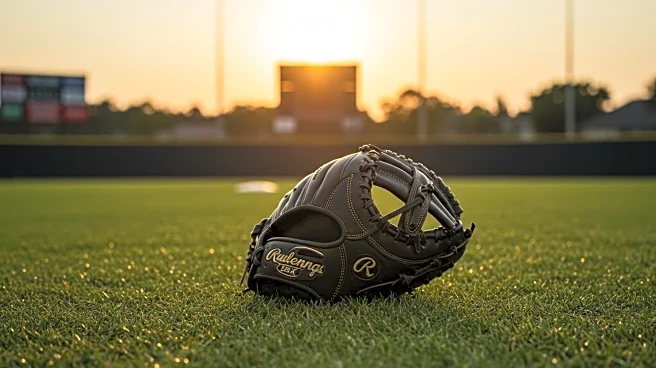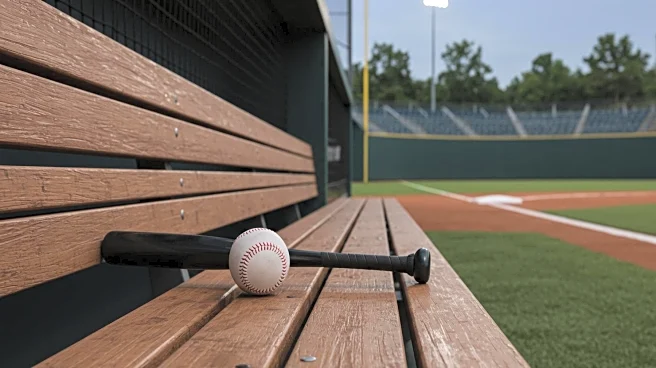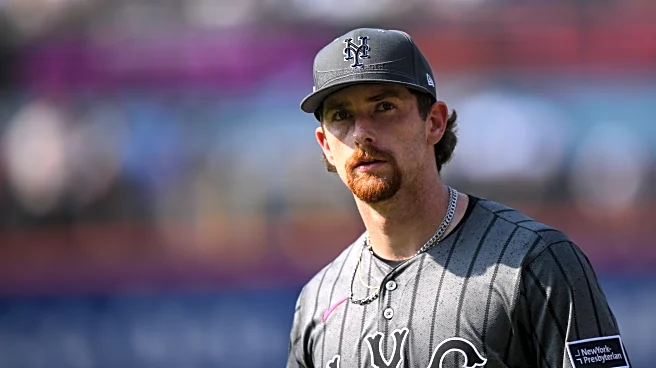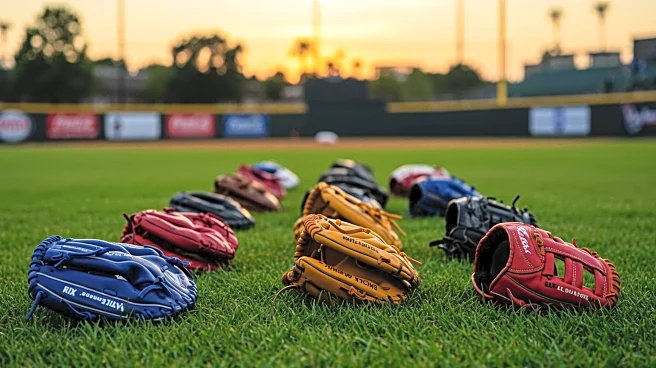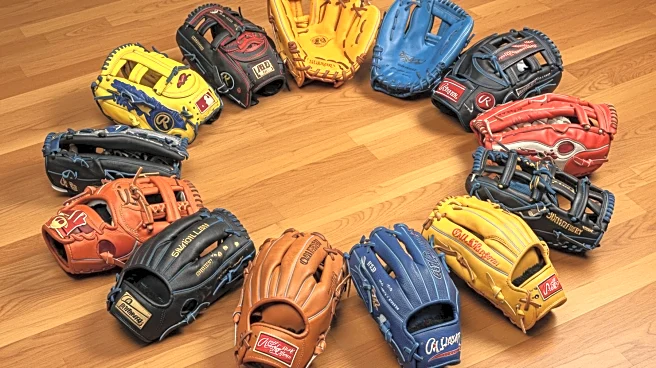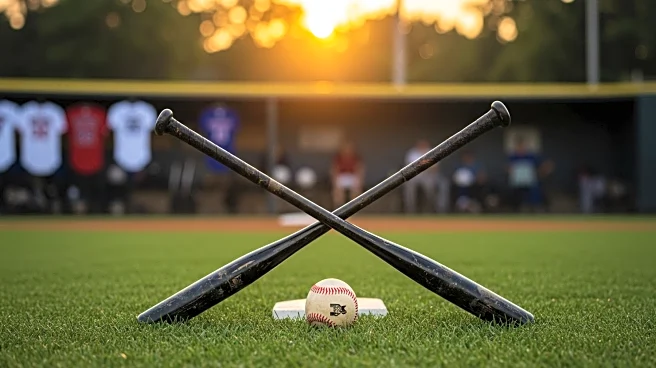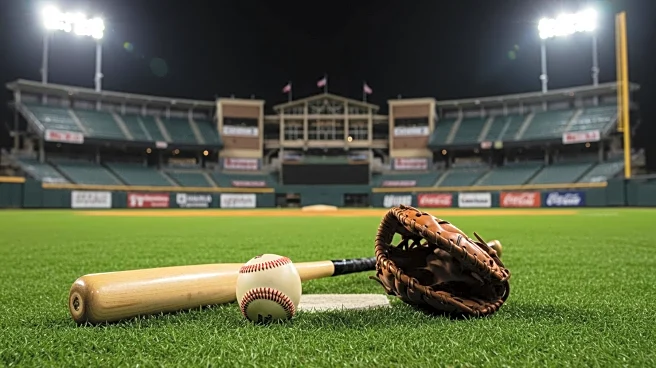What's Happening?
Francisco Alvarez, the catcher for the New York Mets, exited a game early due to a thumb injury sustained during a headfirst slide in the seventh inning against the Seattle Mariners. The incident occurred during the Little League Classic in Williamsport, Pennsylvania. Alvarez was initially checked by trainers and remained in the game but was later replaced by Luis Torrens. Manager Carlos Mendoza announced that Alvarez would return to New York City for an MRI on his thumb. Alvarez has a history of hand injuries, including a left hamate fracture earlier this year and surgery on his left thumb last season. Despite these setbacks, Alvarez has been performing well since his recall from Triple-A Syracuse, contributing significantly to the Mets' lineup.
Why It's Important?
Alvarez's injury is a significant concern for the Mets, as he has been a key player since his return to the majors. His recent performance has been impressive, with a streak of hits and home runs that have bolstered the team's offensive capabilities. The potential loss of Alvarez could impact the Mets' lineup and their chances in upcoming games. Additionally, Alvarez's injury history raises questions about his long-term durability and the team's ability to manage player health effectively. The situation underscores the importance of depth in the roster and the need for contingency plans in case of player injuries.
What's Next?
Alvarez is scheduled to undergo an MRI to assess the severity of his thumb injury. Depending on the results, the Mets may need to adjust their lineup and strategy for upcoming games. The team will likely monitor Alvarez's recovery closely, considering his previous hand injuries. Meanwhile, other players, such as Luis Torrens, may have to step up to fill the gap left by Alvarez. The Mets' management will need to make decisions regarding player rotations and potential call-ups from the minors to maintain competitive performance.
Beyond the Headlines
The recurring injuries to Alvarez highlight broader issues in sports regarding player health and injury prevention. Teams may need to invest more in medical staff and technology to better predict and prevent injuries. This situation also raises ethical considerations about the pressure on athletes to perform despite health risks. Long-term, the Mets and other teams might explore strategies to enhance player safety and longevity, potentially influencing league-wide policies.
